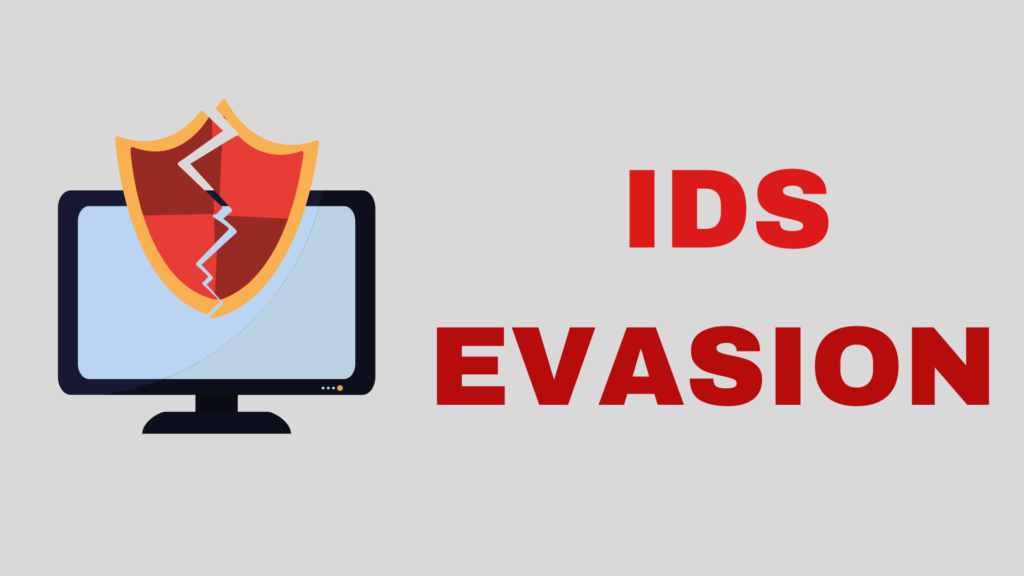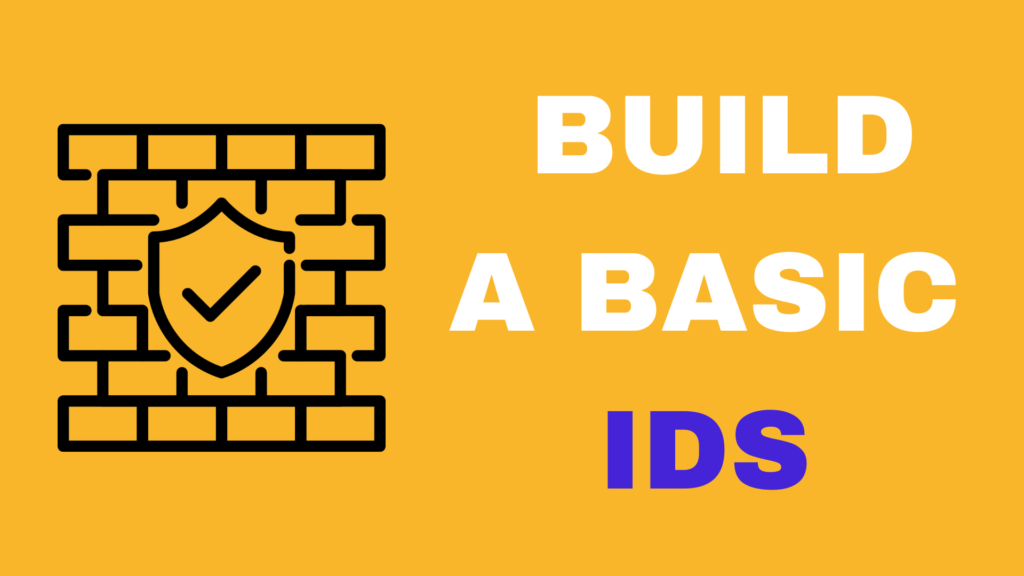Introduction
Data breaches are a growing concern for businesses and organizations of all sizes. A data breach occurs when sensitive, protected, or confidential information is accessed, disclosed, or stolen by an unauthorized individual or entity. In today’s digital age, data breaches have become a common occurrence, and it’s crucial for businesses to be prepared to respond to them. In this article, we will discuss how to prepare and respond to data breaches effectively.
Chapter 1: Preparation
Preparation is key when it comes to data breaches. The first step in preparing for a data breach is to identify and classify sensitive data. This includes personal information such as names, addresses, Social Security numbers, and credit card numbers. Once you have identified and classified sensitive data, you can then implement appropriate security measures to protect it.
One effective way to protect sensitive data is to encrypt it. Encryption is the process of converting plain text into a coded format that can only be read by authorized individuals. This can include encryption of data at rest, such as data stored on servers or hard drives, as well as data in transit, such as data sent over a network. Encryption can help protect sensitive data even if a data breach occurs.
Another important step in preparation is to develop a data breach response plan. This plan should outline the steps to be taken in the event of a data breach, including who will be responsible for responding, how to notify affected individuals, and how to contain the breach. It’s essential that the plan is regularly reviewed and updated to ensure it stays relevant and effective. It should also be shared with employees and key stakeholders in your organization to make sure that everyone understands their roles and responsibilities in the event of a data breach.
Chapter 2: Detection and Response
Detection is the next step in responding to a data breach. Implementing monitoring and detection systems can help identify a data breach quickly and minimize the impact. This may include monitoring network traffic, reviewing system logs, and using intrusion detection systems. Regularly reviewing these systems can help identify unusual activity that may indicate a data breach. It’s also important to have a process in place for reporting and responding to suspicious activity.
Once a data breach has been detected, the next step is to contain it. This means taking immediate steps to prevent the spread of the breach and limit the damage. This may include shutting down systems, disconnecting from the network, or isolating affected machines. It’s also important to gather as much information as possible about the data breach, including what data was accessed and how it was accessed. This information can be used to determine the cause of the breach and to identify any vulnerabilities that need to be addressed.
Chapter 3: Notification and Communication
Notifying affected individuals and communicating with the public are critical steps in responding to a data breach. It’s essential to be transparent and honest about the data breach and what steps are being taken to mitigate the impact. This includes providing information on how individuals can protect themselves and what steps the organization is taking to prevent future breaches. It’s also important to comply with any applicable laws and regulations regarding data breaches, such as the General Data Protection Regulation (GDPR) in the European Union or the Health Insurance Portability and Accountability Act (HIPAA) in the United States.
Effective communication can help mitigate the impact of a data breach. This includes providing clear and concise information to affected individuals, such as how to protect themselves from identity theft or how to access credit monitoring services. It’s also important to communicate with the public and other stakeholders, such as shareholders, to provide information on the data breach and what steps are being taken to address it.
Chapter 4: Mitigating Impact and Recovering
The final steps in responding to a data breach are mitigating the impact and recovering. This includes conducting a thorough investigation to determine the cause of the breach and taking steps to prevent it from happening again. For example, if the data breach was caused by a lack of security measures, steps should be taken to implement additional security measures to protect sensitive data.
It’s also important to assess the financial impact of the breach and take steps to recover any losses. This may include offering credit monitoring services to affected individuals, providing identity theft protection, or offering compensation for any financial losses incurred as a result of the data breach.
Another important step in mitigating the impact of a data breach is to conduct a thorough review of the incident and to identify any lessons that can be learned. This can help prevent future data breaches and improve the organization’s overall security posture.
In addition, it is important to review and update the response plan as a result of any lessons learned. This will ensure that the plan stays relevant and effective and that the organization is better prepared to respond to future data breaches.
Conclusion
Data breaches are a growing concern for businesses and organizations of all sizes. By preparing and being able to respond effectively, organizations can minimize the impact of a data breach and protect themselves from future breaches. This includes identifying and classifying sensitive data, developing a data breach response plan, implementing monitoring and detection systems, containing the breach, notifying affected individuals and communicating with the public, mitigating the impact and recovering from the breach, and conducting thorough investigation and learning from the incident. By following these guidelines, businesses can be better prepared to respond to data breaches and protect themselves from the potential harm they can cause.
It is also important for organizations to stay informed about the latest threats and trends in data breaches. This includes keeping up to date with the latest security technologies and best practices, as well as staying informed about any new laws and regulations related to data breaches.
Additionally, organizations should also educate employees on data security best practices and incident response. Employees should be made aware of the importance of data security, the potential consequences of a data breach, and their role in preventing and responding to a data breach. Regular training and awareness programs can go a long way in ensuring that employees understand their responsibilities and can take the necessary actions to help prevent a data breach.
One of the most important things an organization can do to prepare for a data breach is to invest in a robust data backup and disaster recovery plan. Regularly backing up data can help ensure that critical information is not lost in the event of a data breach and that the organization can quickly recover from the incident. A good disaster recovery plan should also include testing and validation procedures to ensure that the organization can restore its systems and data in the event of a disaster.
Finally, it’s important for organizations to work with a trusted security consultant or incident response team that can provide expert guidance and support in the event of a data breach. These professionals can help organizations respond to a data breach effectively, mitigate the impact, and recover from the incident.
In conclusion, data breaches are a growing concern for businesses and organizations of all sizes. By preparing and being able to respond effectively, organizations can minimize the impact of a data breach and protect themselves from future breaches. It is important to identify and classify sensitive data, develop a data breach response plan, implement monitoring and detection systems, contain the breach, notify affected individuals and communicate with the public, mitigate the impact and recover from the breach, conduct thorough investigation and learning from the incident, stay informed about the latest threats and trends, educate employees, invest in a robust data backup and disaster recovery plan, and work with a trusted security consultant or incident response team. By following these guidelines, businesses can be better prepared to respond to data breaches and protect themselves from the potential harm they can cause.


